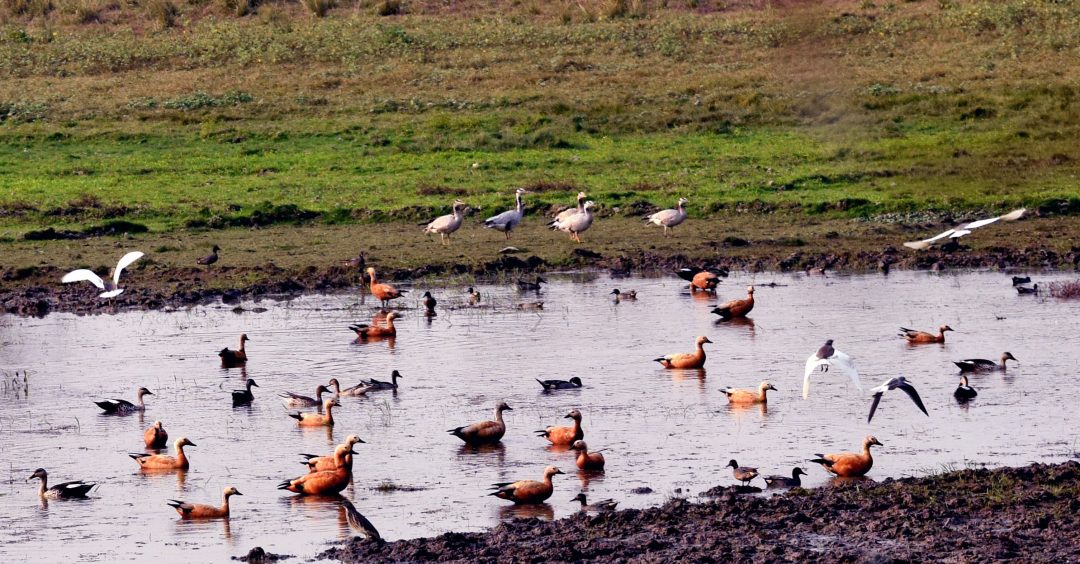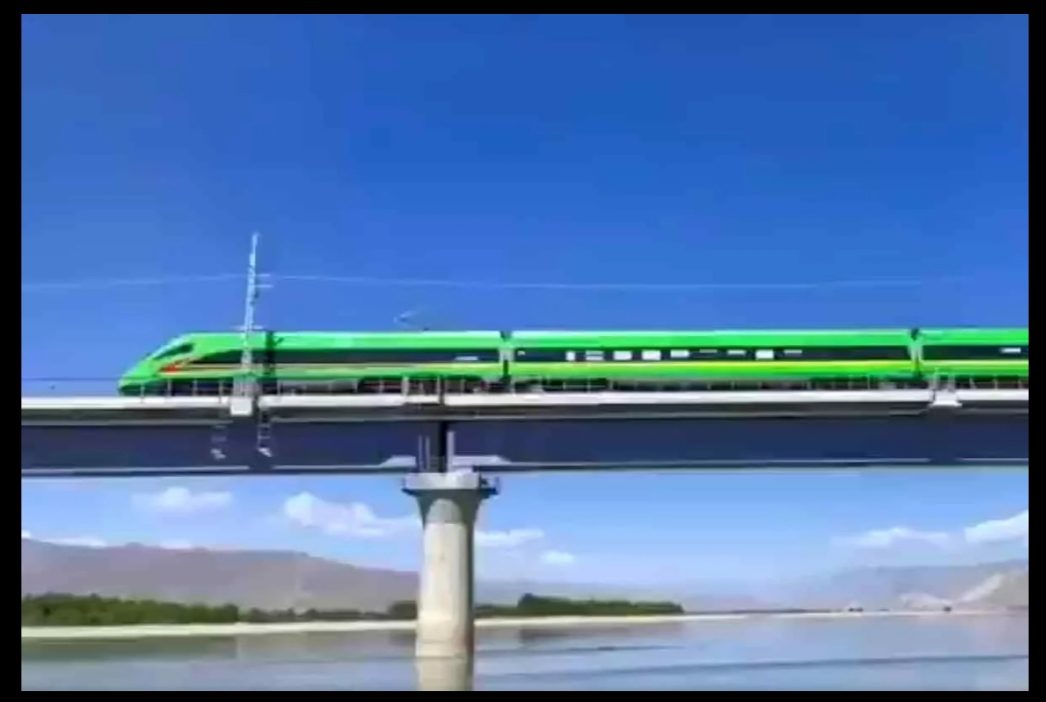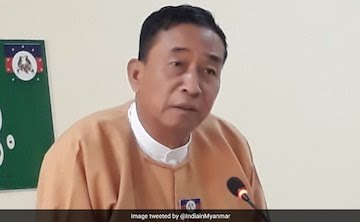Arnab Goswami- a journalist without integrity and credibility:
Senior television journalist Arnab Goswami illegally tampered with the TRPs in connivance of the then CEO of the Broadcast Audience Research Council (BARC) Partho Dasgupta to improve ratings of Republic TV channels and paid him for his help, as per the supplementary chargesheet filed by the Mumbai Police who cited Whatsapp chats between the duo as a “crucial evidence”.
The Crime Intelligence Unit (CIU) of the Mumbai Police on Tuesday filed a third chargesheet before a magistrate’s court here in the alleged fake Television Ratings Points (TRP) scam.
Besides Goswami, the Editor-in-Chief of Republic TV, and ARG Outlier Media that runs Republic TV channels, the police also named six other accused including some employees of Republic group channels in the latest chargesheet.
“We have found evidence to show they (Goswami and Dasgupta) had exchanged confidential information about the BARC repeatedly to benefit Goswami’s channels,” the chargesheet said.
During the period between June 2017 and March 2018 when Dasgupta was working with the BARC, the TRP ratings of an English news channel were illegally manipulated so that they fall below the TRPs of Republic TV channels, which resulted in Rs 431 crore loss to that channel, police said, citing the statement of an executive of the news channel.
Police further said they possess the evidence to show that Goswami had paid Dasgupta in return for the latter’s assistance in manipulating the TRPs, “which was evident from the jewellery and expensive items seized from Dasgupta’s residence”, the chargesheet said.
Dasgupta, who had been named as accused in the previous chargesheet, was arrested in December last year. He is currently out on bail.
The first chargesheet in the TRP rigging case, filed in November last year, had named Dasgupta and Republic TV CEO Vikash Khanchandani.
The alleged fake TRP scam came to light in October last year when the rating agency Broadcast Audience Research Council (BARC) filed a complaint through Hansa Research Group (HRG), alleging that certain television channels were rigging TRP numbers.
The HRG had been tasked with installing barometers for recording channel viewership data at sample households.
Police had arrested dozens of people, including the top officials of BARC and Republic TV. Most of them are currently out on bail.
In March this year, the Bombay High Court had asked the Mumbai police why Republic TV and Goswami had not been named as accused in the case if the investigators believed to possess adequate evidence against them.
The ARG Outlier Media and Goswami had approached the high court last year, filing a bunch of petitions seeking several reliefs in the alleged TRP scam.
They had alleged that the whole case was malafide and they had been targeted for Republic TV’s reportage in connection with the death of actor Sushant Singh Rajput and Palghar lynching case last year
a letter from MB Rajesh : Dear Mr Arnab Goswami
I am writing this open letter regarding the show [on Republic TV] aired on 26 May at 10 pm, in which I too was a participant. During the course of that show, you arrogantly told me, “I have handled bigger leaders than you”. Perhaps that was the only truth you said in that entire show.
This one sentence alone is enough to highlight your ego, arrogance and pettiness. I have never claimed that I am a big leader. Just as you have handled much bigger leaders than me, I have had the privilege of talking to anchors who are more honest, gentle, decent, civilised and knowledgeable than you.
You have every right to imagine that you have a larger than life image. But my impression of you is that you are not only biased and prejudiced but that you also lack substance, integrity, credibility and even confidence as a journalist. I am sure that you are well aware of your weaknesses and I have always felt that your screams and outbursts are your frustrated attempts to cover up this confidence deficit. You are the most unethical journalist I have ever seen.
Arnab Goswami lacks integrity credibility as a journalist Full text of Kerala MPs open letter to Republic TV editor
File image of Pallakad MP MB Rajesh. Image courtesy: Facebook/MB Rajesh
On 26 May, I got a call from your channel requesting my time for a debate – ‘On three years of the Narendra Modi government’, between 10 to 10:15 pm. When I reached the Asianet studio (with whom you have a tie up), as directed by your office at around 9:50 pm, I saw Ravi Shankar Prasad on the screen and came to know that the discussion on Modi government was about to conclude.
I immediately asked the Asianet employees in the Palakkad studio to reconfirm the topic for which I had been invited. Aravind, an Asianet employee, contacted your channel in my presence and reconfirmed the topic as ‘three years of Modi government’.
Then suddenly, I came to know on air that you had changed the topic to Kodiyeri Balakrishnan’s alleged ‘speech against the army’. I could have boycotted the show at that moment but I chose to remain because, in my absence, you may repeatedly scream the lie that I ran away from the show. I wanted to avoid such a situation and tried to present my views on the fabricated story.
Whatever little time I got, in between your uncivilised outbursts, I repeatedly countered your biased statements that Kodiyeri had insulted the Indian Army. I said that not a single TV channel in Kerala, including your own Asianet, had taken up this story as a topic of debate. I said that this was not a controversy in Kerala because everybody knew that his comments were only against the atrocities committed in the name of Armed Forces Special Powers Acts (AFSPA), and not against the army.
Still, you continued your accusations against the CPM as part of your prepared screenplay. I drew your attention to a Supreme Court order, issued on 27 April, 2016, to investigate all the 1,528 murders in Manipur done by security forces under AFSPA. You ignored that inconvenient fact, probably because you might not have keenly observed such issues related to AFSPA. (After all, this sort of journalism, anchoring in your case, depends more on the ability to make as much noise as possible and does not require careful reading, updating, thorough knowledge of the topic and keen observation. People like you can survive with your voice alone, without using your brain.)
Then you, like a coward safely surrounded by the Sangh brigade, continued spitting venomous lies against CPM without even giving me an opportunity to intervene. Despite my repeated statements, that we have never insulted the Indian Army, you deliberately put the subtitle “against army” next to my picture on the screen. This can only be seen as the dirty act of a loyal servant to appease your immediate boss, Rajeev Chandrasekhar, and your ultimate masters, the Sangh Parivar.
It was evident from your substandard and abusive remarks against the CPM that your sense of history is poorer than that of a primary school student. Your teacher of history in school would have been much ashamed to see the shameless and naive expression of your ignorance on the subject. If you wish to learn the role of Communists in the Indian freedom struggle, I can suggest some pamphlets used for beginners because you may not be able to digest any serious work of history.
When I told you that it is not the Communists but VD Savarkar who had betrayed the freedom struggle by sending repeated clemency petitions to the British Government, it appeared as if you were hearing about it for the first time in your life. I can send the copies of those clemency petitions for your kind perusal so that the next time you can be better prepared to defend your ‘patriotic’ Hindutva masters. You can also think of arranging a tuition to help you acquire some basic facts about our history.
Anyway, if you work hard to overcome your deficiencies, you may be able to improve your understanding of various topics to some extent. But I am not sure, whether at this age you will be able to develop the basic norms of conduct, culture and civilised behaviour. Many of these qualities owe much to the manner in which we were brought up in our childhood.
Here, I must tell you that to me, the army is not just a newsroom experience. I was born in a military hospital and my entire childhood was spent in an army environment. Arnab, I am the proud son of a father who served in the Indian Army for long years. He fought in the 1971 war as well. As the ward of a veteran, I’ve also partaken in the sacrificial living of an army family, like several others. Now, tell me, apart from your highly hypocritical and extremely dramatic expressions in the name of the army, aimed only to raise the ratings, what have you genuinely done for our army?
My last piece of suggestion to you, the self-proclaimed ambassador of the army, is to find time to watch recordings of your ‘performances’ at least once. Then, you will realise how disgusting it is and will definitely search for some other career options. Till you find time to do that, we will have no other option but to bear with the high levels of pollution created by your senseless utterances.
I dare to write this letter to you because neither am I a big leader, as you rightly pointed out, nor do I wish to become one.
My best wishes and regards,
MB Rajesh









